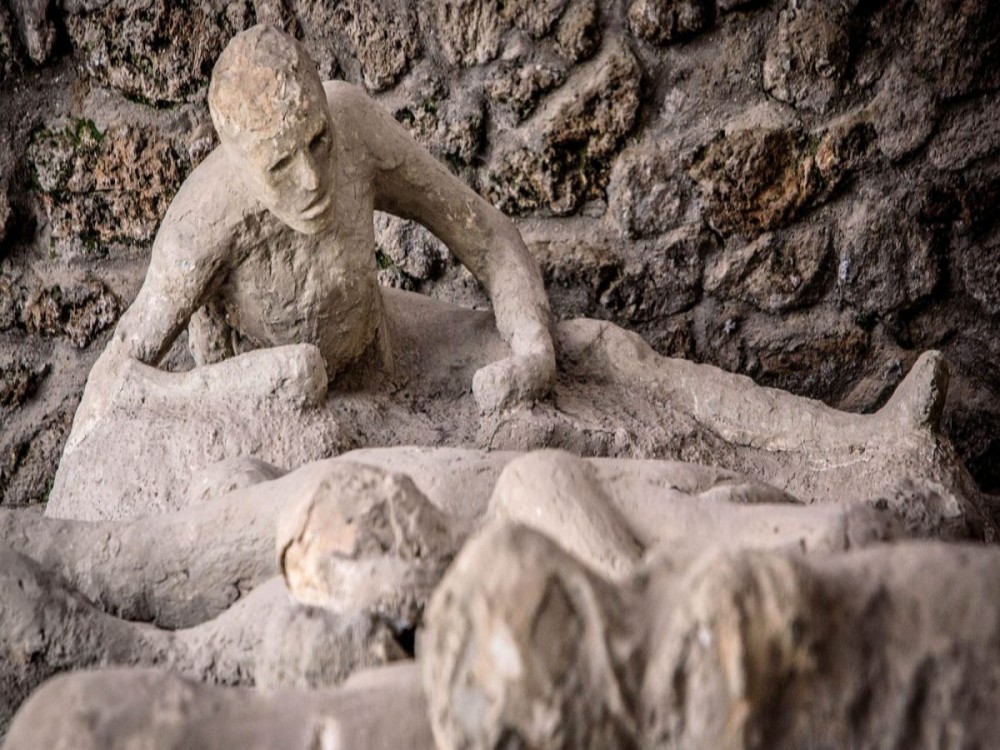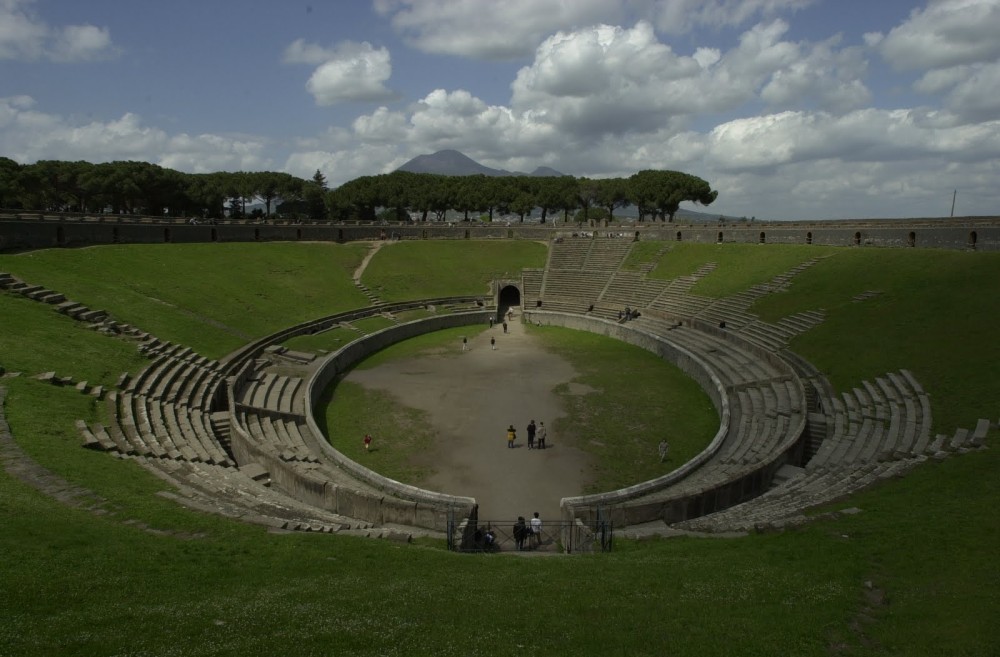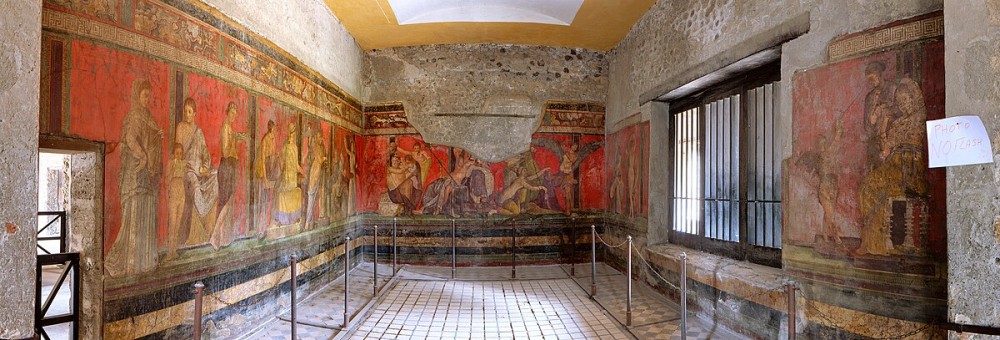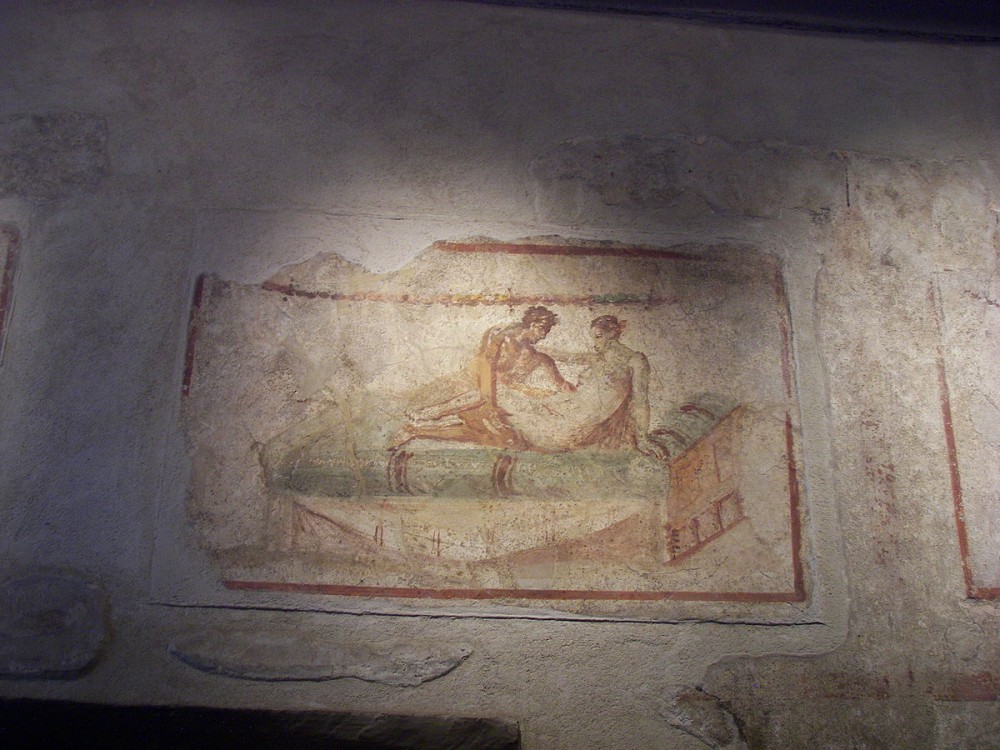- Italy
- Things to do in Pompeii
- Pompeii for History Buffs: Uncover the Past with These Key Sights
Pompeii for History Buffs: Uncover the Past with These Key Sights
Pompeii offers an extraordinary glimpse into ancient Roman life, preserved for centuries by the eruption of Mount Vesuvius. For history enthusiasts, this site is a treasure trove of archaeological wonders. From public spaces to private homes, here’s how to explore Pompeii's most significant historical landmarks.


1. The Forum: Heart of Roman Life
The Forum is Pompeii’s central square, once the epicenter of political, religious, and commercial activity. It’s surrounded by important public buildings like the basilica, temples, and shops. Here, you’ll understand the daily rhythm of Roman life and its architectural grandeur, making it an unmissable stop for any history buff.

2. The Amphitheater: Gladiator Glory
Pompeii’s Amphitheater, one of the oldest and best-preserved in the Roman world, stands as a testament to the city’s love for gladiatorial combat. Imagine the roar of the crowd as you stand in the arena, exploring its underground passages where fighters once prepared for battle, offering a true connection to ancient entertainment.

3. The Villa of the Mysteries: Art and Rituals
The Villa of the Mysteries is a spectacular example of Roman villa life, with its beautifully preserved frescoes that depict mysterious cult rituals. These vivid paintings offer insight into the spiritual and social practices of the elite. For history buffs, this is a fascinating peek into religious practices of the time.
1.jpg)
4. The House of the Faun: A Monument to Wealth
The House of the Faun, one of Pompeii’s grandest residences, offers an incredible look at the wealth and sophistication of Pompeii’s elite. The house is famous for its intricate mosaics, including the famous "Alexander Mosaic." This well-preserved home provides a glimpse into the luxurious lifestyles of its wealthy inhabitants.

5. The Lupanar: A Glimpse into Ancient Roman Society
For those interested in the social aspects of ancient Roman life, the Lupanar (brothel) provides a unique, albeit controversial, insight. With its painted frescoes and small, intimate rooms, it offers evidence of the everyday lives of Pompeii’s citizens, making it a key site for understanding the city's social dynamics.
You may also like these
Copyright © 2025 All Rights Reserved


